【華語學習 × 文化走讀】外國學生走訪高雄美濃與旗山,體驗語言與文化交織的旅程
「華語學習 × 文化走讀」:外國學生走訪高雄美濃與旗山,體驗語言與文化交織的旅程
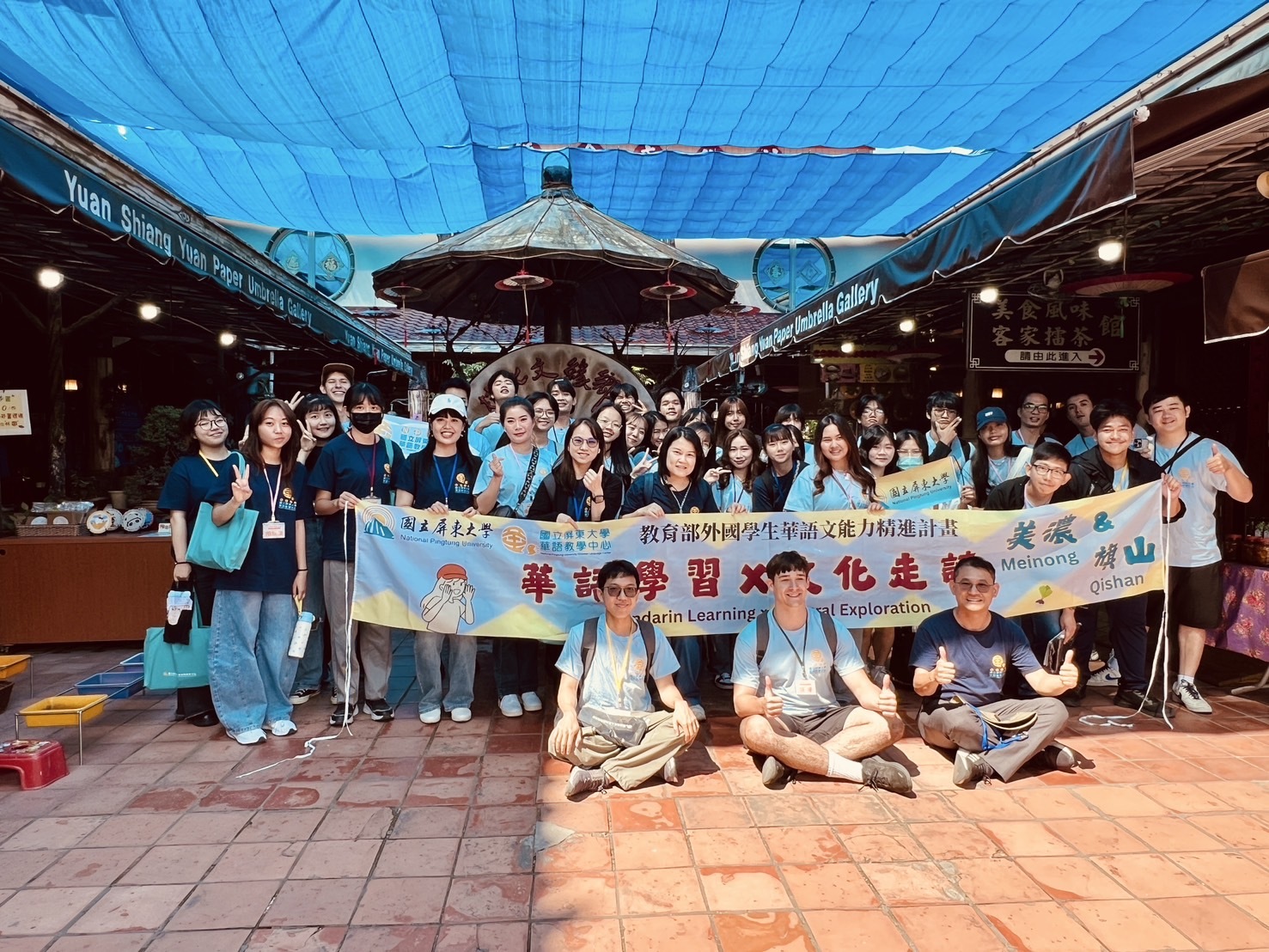
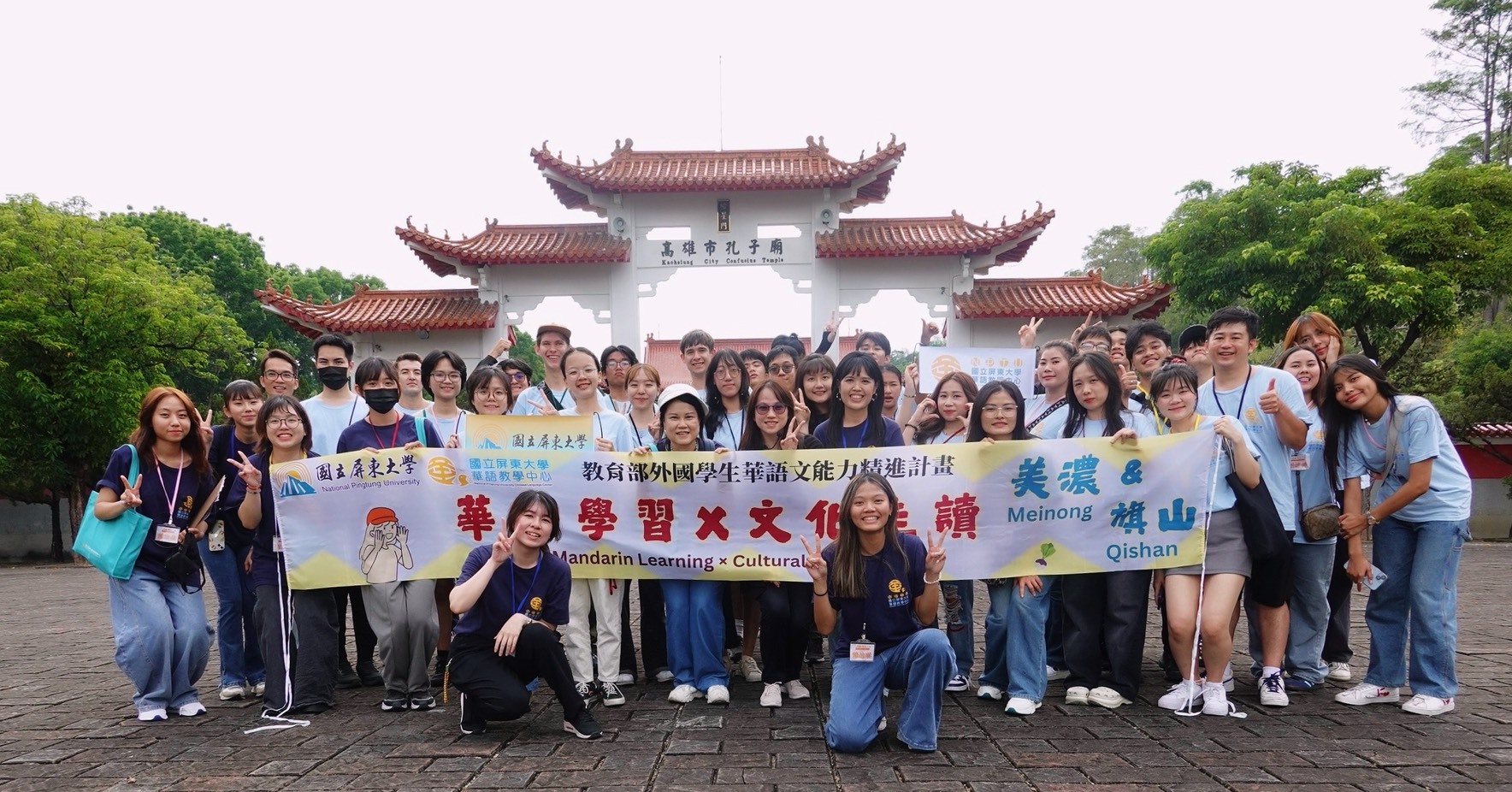
活動成果影片:[Youtube連結] https://youtu.be/CDNvYs6iXxk
本校華語教學中心執行教育部補助外國學生華語文能力精進計畫,為提升外國學生的華語實用能力與對臺灣多元文化的認識,於114年5月3日舉辦「華語學習 × 文化走讀」活動,帶領來自泰國、越南、印尼、日本、美國、土耳其和法國等七國的30位學生,深入高雄美濃與旗山地區,展開一場結合華語學習與文化體驗的一日走讀之旅。
本次活動由五位工作小組成員和今年初本校師資培育中心獲教育部補助師資培育大學精進師資素質及特色發展計畫所培訓之五位華語教學助理共同執行,讓教學助理們透過任務導向的教學方式,協助外國學生在實境中運用華語並深化對臺灣在地文化的理解。
第一站來到美濃原鄉緣紙傘文化村,學生在羅慈英老師導覽解說中,學生認識客家族群的風俗文化和製傘工藝,並親手繪製獨一無二的油紙傘,從中體驗客家傳統之美。隨後享用豐盛的客家料理,從味覺中感受客家飲食文化的魅力。午後,師生一行人前往濟南堂林家祠堂,由明新科技大學華語文教學中心郭妍伶主任與華語教學助理共同導覽,介紹客家建築的風水概念與祠堂結構特色。祠堂前有象徵聚財的半月池,後有化胎作為靠山,體現「人丁興旺、多子多孫」的客家文化,也呼應學生上午繪製油紙傘中「有子」的諧音,讓語言與文化學習相互交織、相得益彰。
接著前往旗山糖廠,學生在品嚐傳統冰棒的同時,了解旗山產業發展的歷程與地方文化的轉變。最後來到全臺規模最大的高雄市孔子廟,學生學習儒家思想中「有教無類」、「道貫古今」等教育理念,並思索自身在華語與文化學習歷程中的成長與體悟。活動於溫馨愉快的旗山香蕉蛋糕品嚐中劃下句點。
參與學生表示,這次走讀活動不僅提升了自己的華語口說與實用能力,更透過與文化深度互動,加深了對臺灣社會的認識與情感連結。華語教學助理也透過任務設計與現場帶領,展現出在語言教學與文化溝通方面的實務能力與熱忱。
此次「華語學習 × 文化走讀」活動成功整合語言教學與文化體驗,讓外國學生在真實場域中學華語、用華語,留下深刻難忘的學習記憶。華語教學中心未來將持續規劃更多元豐富的課程和活動,擴展國際學生在地學習的深度與廣度,促進跨文化交流與理解。
本次活動由華語教學中心黃蘭棻主任統籌規劃、計畫助理沈怡汝負責主辦,並由鍾祈慧和王姿婷兩位助理協力支援。特別感謝本校華語師資培訓講座明新科技大學華語文教學中心郭妍伶主任參與指導五位華語教學助理:陳佳琳、余品妮、葉芯茹、陳欣侑和杜少妍,促成本次活動圓滿順利。
Mandarin Learning × Cultural Exploration: A Journey of Language and Culture for International Students in Meinong and Qishan, Kaohsiung
To enhance international students’ practical Mandarin skills and deepen their understanding of Taiwan’s diverse culture, the Chinese Language Center organized the “Mandarin Learning × Cultural Exploration” event on May 3, 2025. This event was part of a Ministry of Education-funded program aimed at advancing Mandarin proficiency. It brought together 30 students from seven countries—Thailand, Vietnam, Indonesia, Japan, the United States, Turkey, and France—for a one-day immersive journey through the Meinong and Qishan regions of Kaohsiung, blending language learning with cultural experience.
The event was jointly carried out by five staff members and five Mandarin teaching assistants, who were trained earlier this year under the Ministry of Education’s program for enhancing the quality and specialization of teacher education universities. These assistants used task-based teaching methods to help students apply Mandarin in real-world settings and gain a deeper understanding of local Taiwanese culture.
The first stop was the Meinong Paper Umbrella Cultural Village, where under the guidance of instructor Luo Ciying, students learned about Hakka customs and the craft of traditional umbrella-making. They had the opportunity to paint their own unique oil-paper umbrellas, experiencing the elegance of Hakka traditions firsthand. Afterwards, they enjoyed a hearty Hakka meal, savoring the richness of Hakka culinary culture.
In the afternoon, the group visited the Lin Family Ancestral Hall (Jinan Hall). Director Kuo Yan-Ling of the Chinese Language Teaching Center at Minghsin University of Science and Technology , along with the teaching assistants, introduced key features of Hakka architecture, including feng shui concepts and ancestral hall structures. The front courtyard featured a crescent-shaped pond symbolizing wealth accumulation, while the rear hill—known as “huatai”–represented protection. These elements reflected Hakka values of prosperity and lineageand echoed the morning's umbrella painting activity, where the character for “child” (子) symbolized both offspring and prosperity, highlighting the rich interweaving of language and culture.
Next, the group visited the Qishan Sugar Factory, where students enjoyed traditional popsicles while learning about the development of local industries and cultural transformation in Qishan. The final stop was Taiwan’s largest Confucius Temple, located in Kaohsiung City. There, students were introduced to Confucian ideals such as “education for all (有教無類)” and “the way connects past and present (道貫古今),” reflecting on their own growth and insights gained through Mandarin and cultural learning. The event concluded warmly with a tasting of Qishan’s famous banana cakes.
Participating students expressed that the event not only improved their spoken Mandarin and practical skills but also deepened their connection and emotional understanding of Taiwanese society through immersive cultural interaction. The Mandarin teaching assistants demonstrated strong practical abilities and enthusiasm in language instruction and cultural mediation through task design and onsite guidance.
This successful “Mandarin Learning × Cultural Exploration” event integrated language education with cultural immersion, allowing international students to learn and use Mandarin in authentic settings and create lasting memories. The Chinese Language Center will continue to develop diverse and enriching courses and activities to broaden international students’ local learning experiences and promote intercultural exchange and understanding.
The event was overseen by Director Huang Lan-Fen of the Chinese Language Center, with planning by project assistant Shen Yi-Ru and additional support from assistants Zhong Qi-Hui and Wang Zi-Ting. Special thanks to Director Kuo Yan-Ling from the Minghsin University of Science and Technology Chinese Language Teaching Center for mentoring the five Mandarin teaching assistants—Chen Jia-Lin, Yu Pin-Ni, Ye Xin-Ru, Chen Xin-You, and Du Shao-Yan—who made the event a great success.
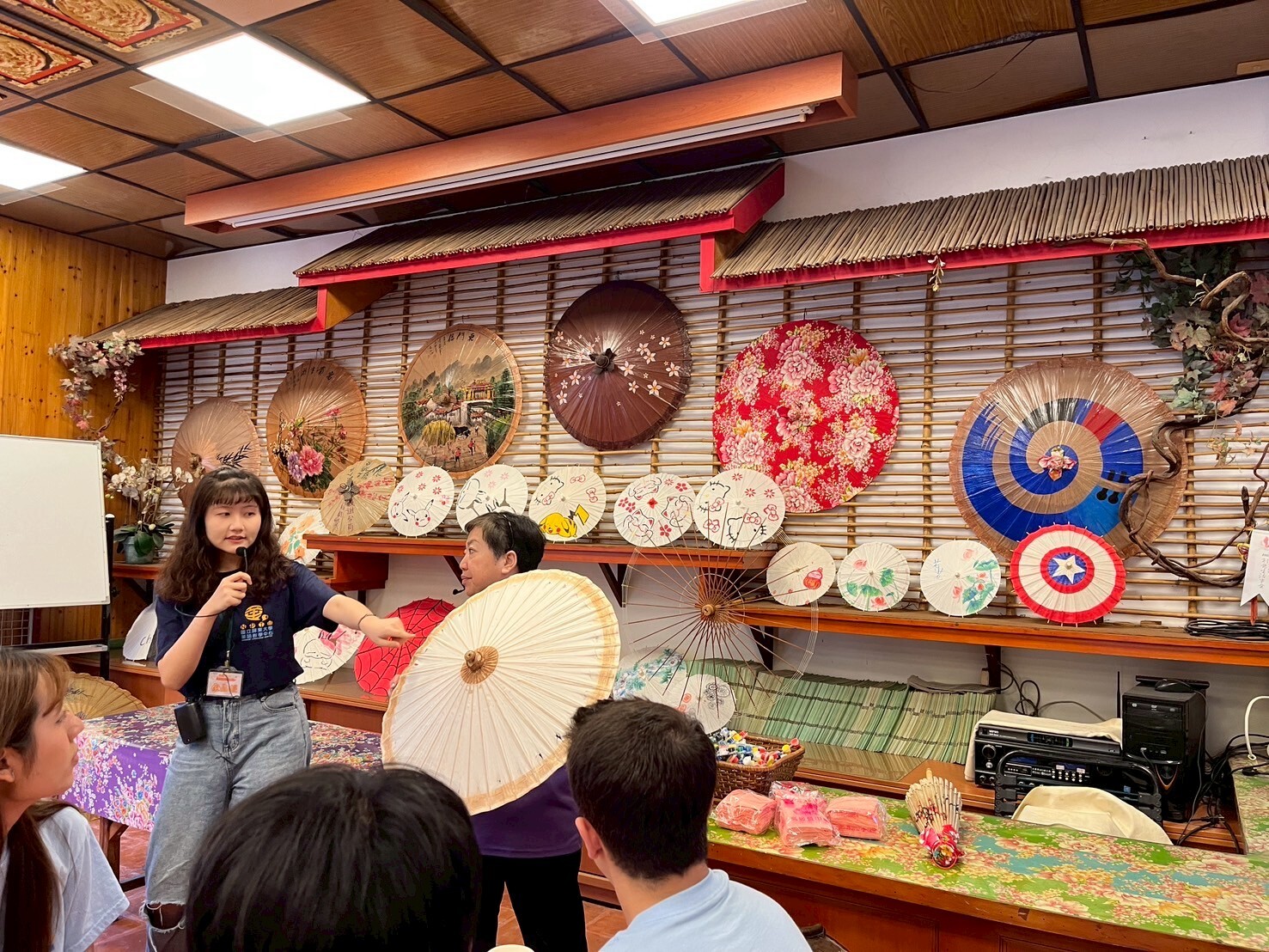

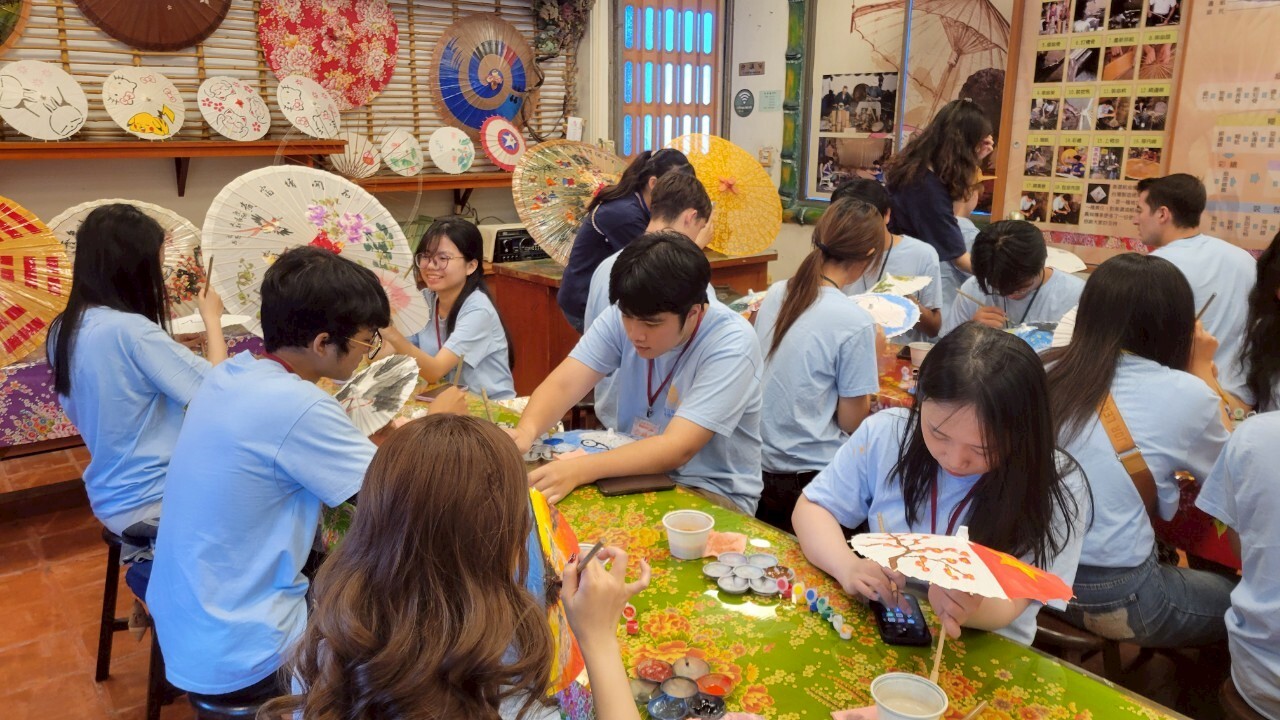
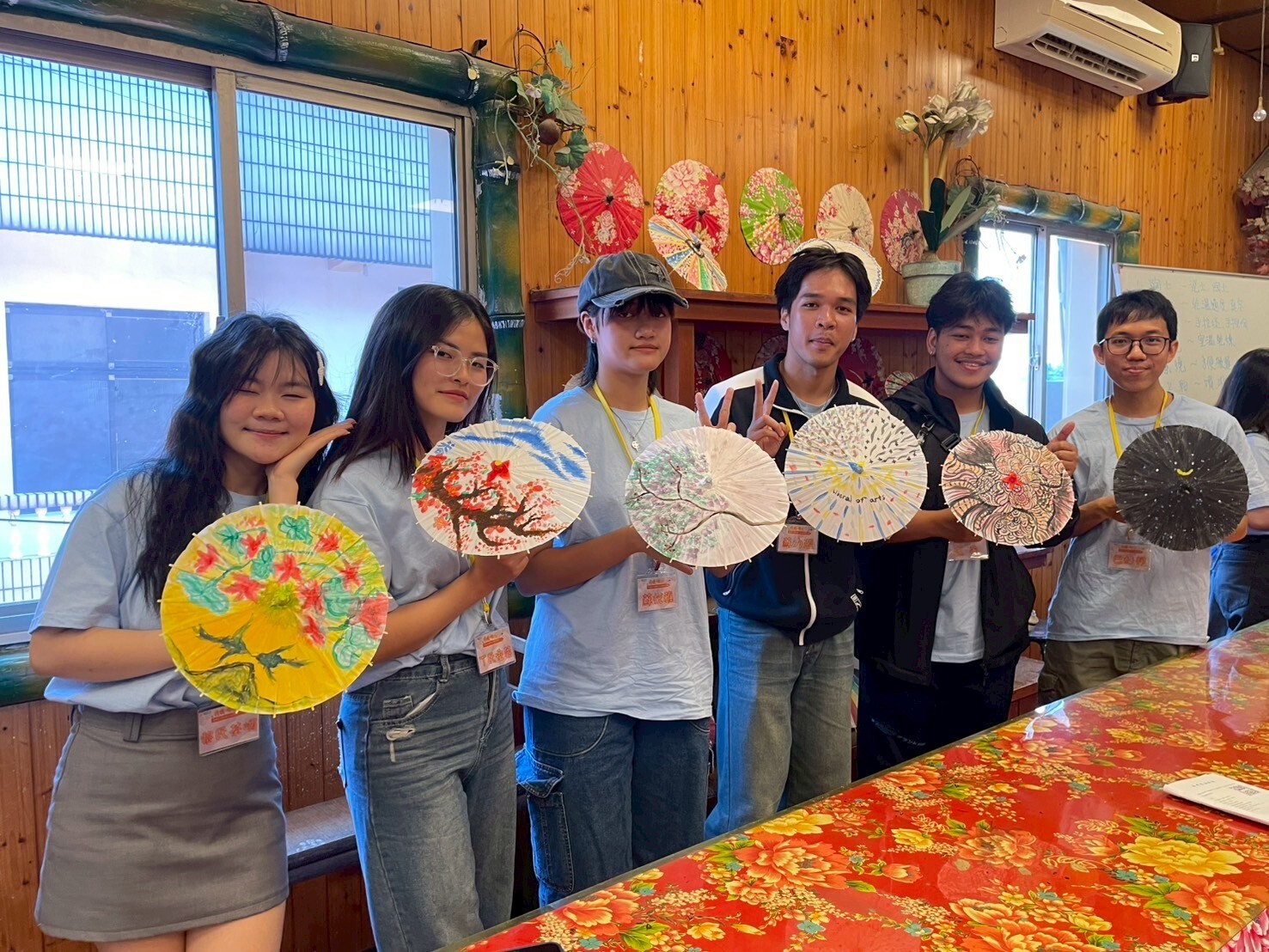
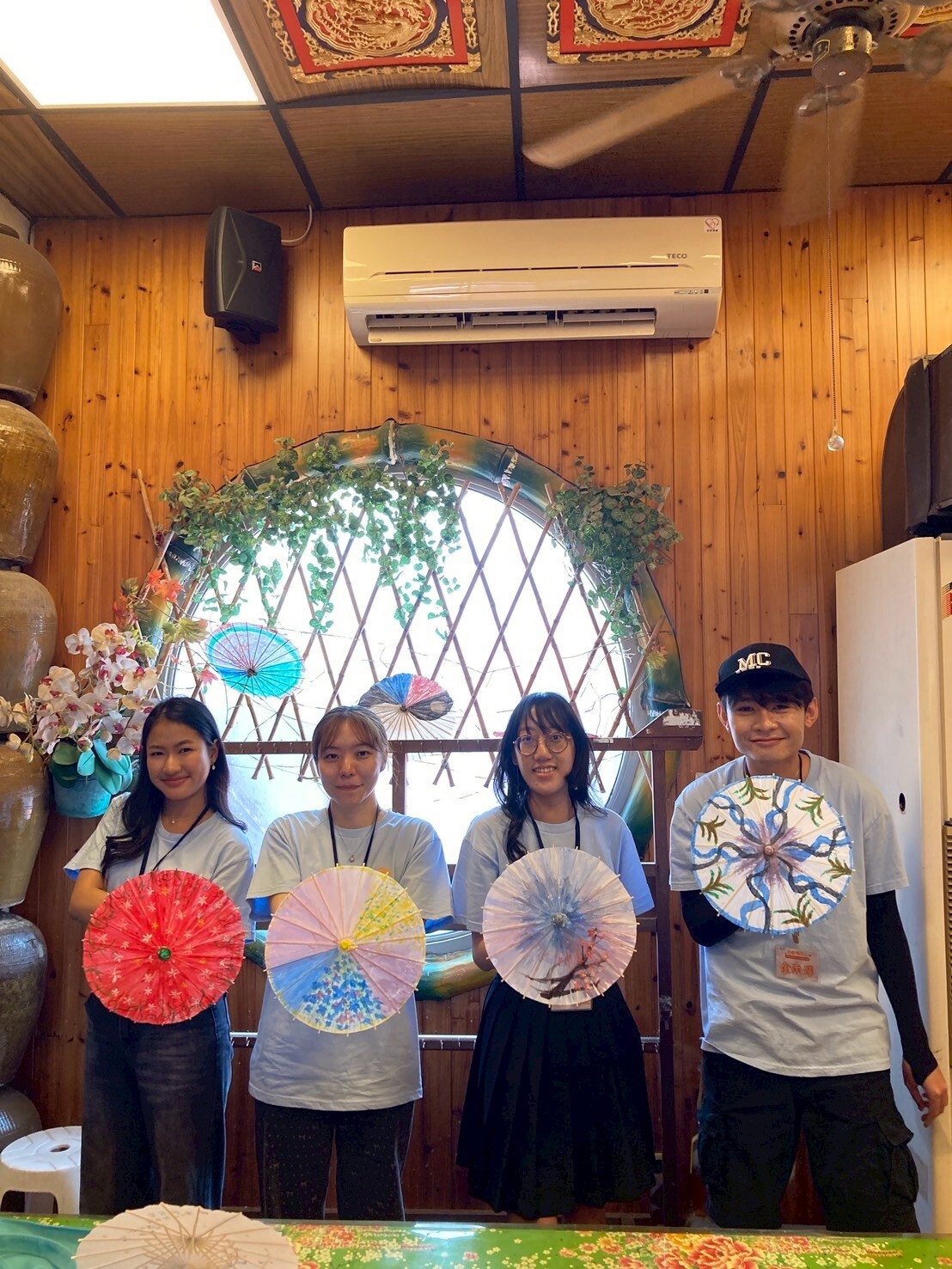
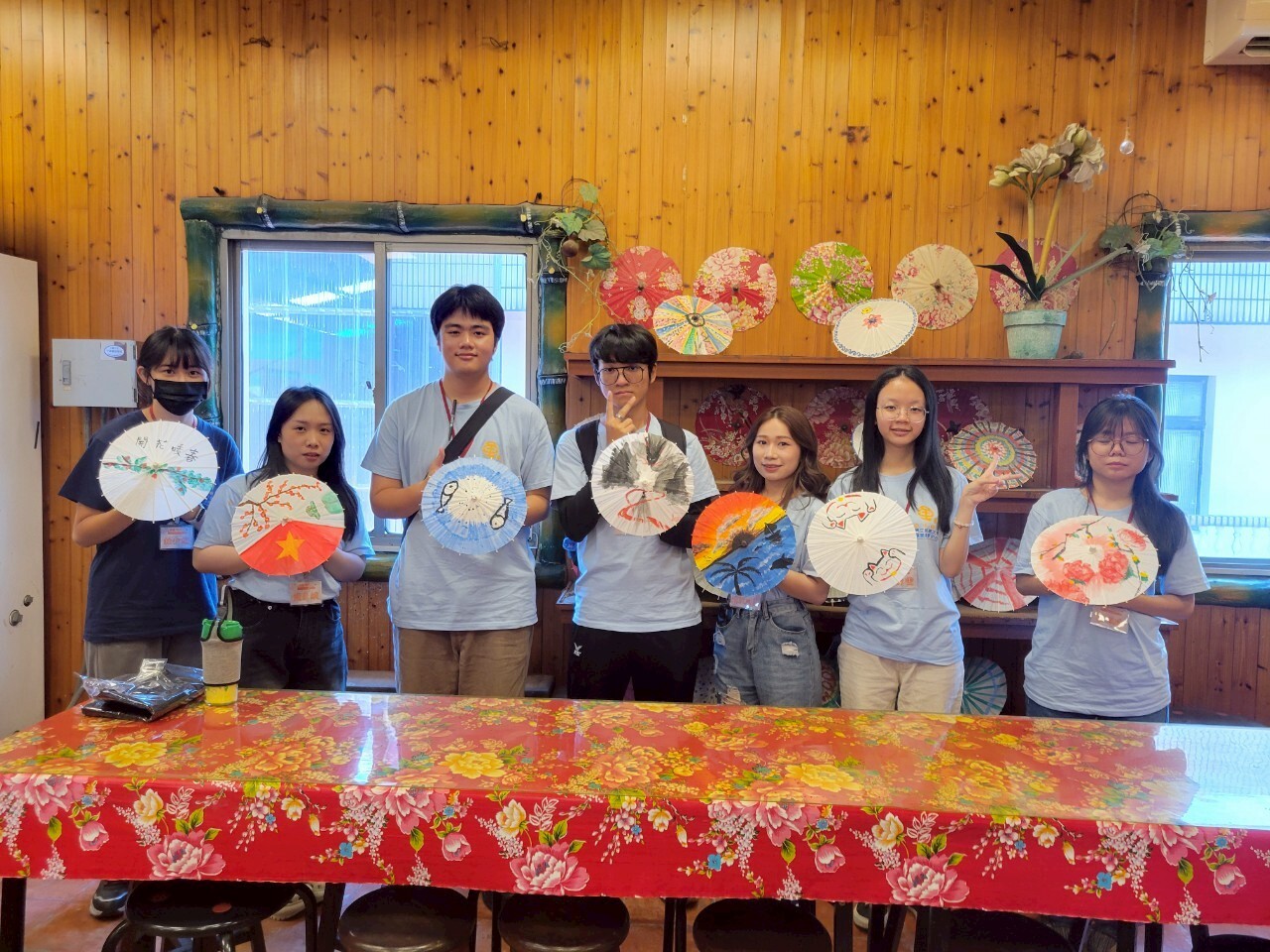
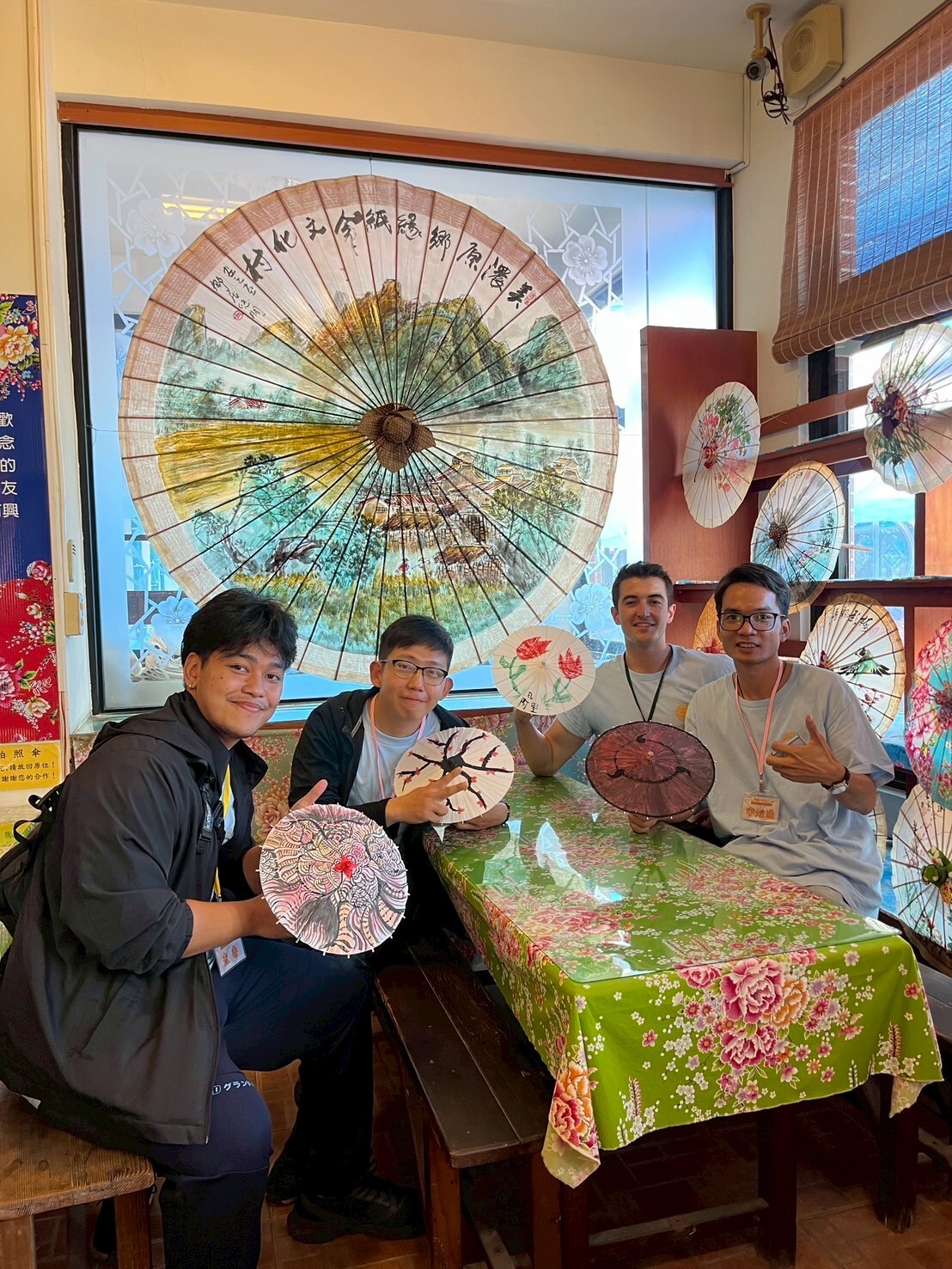
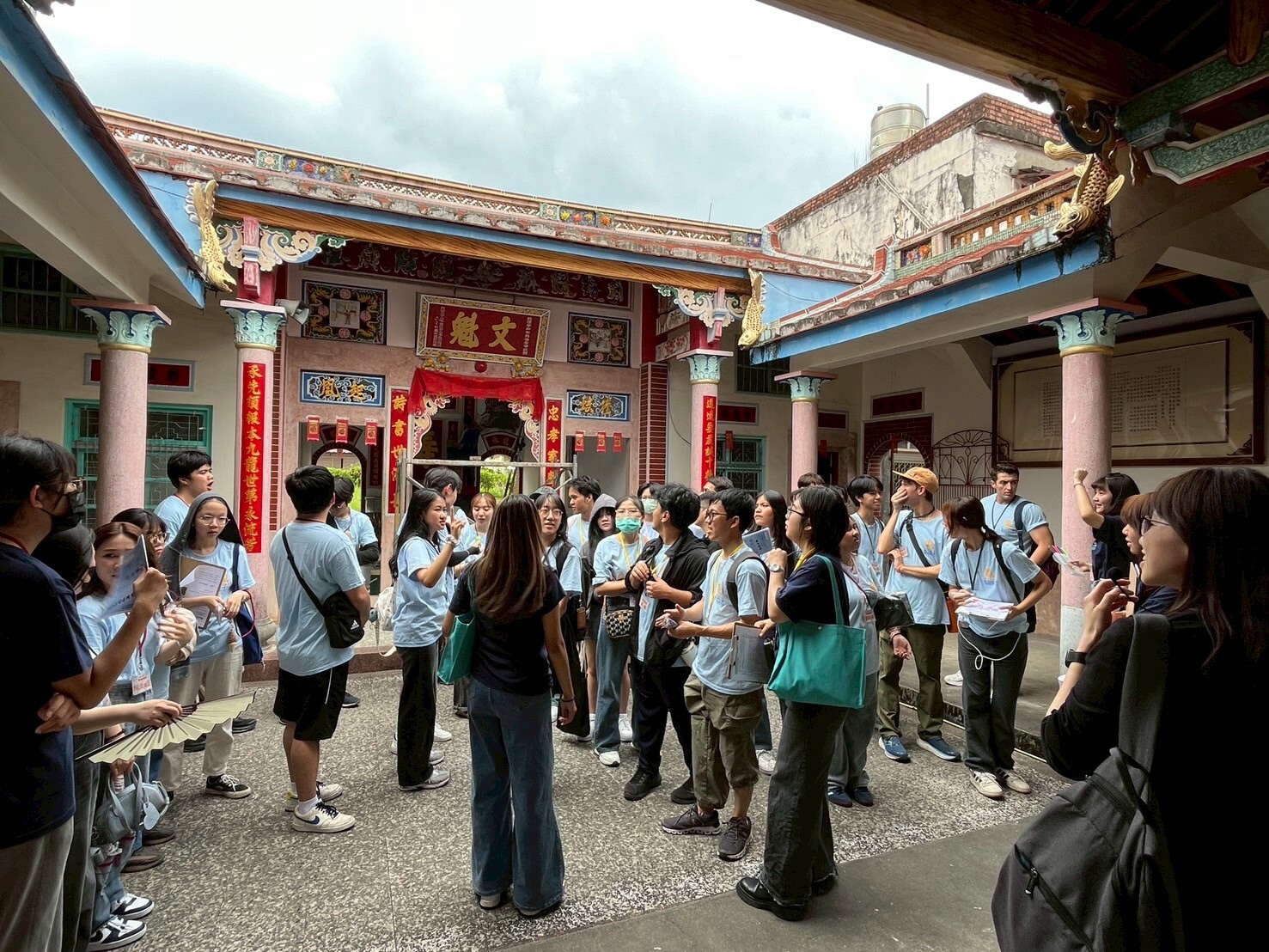
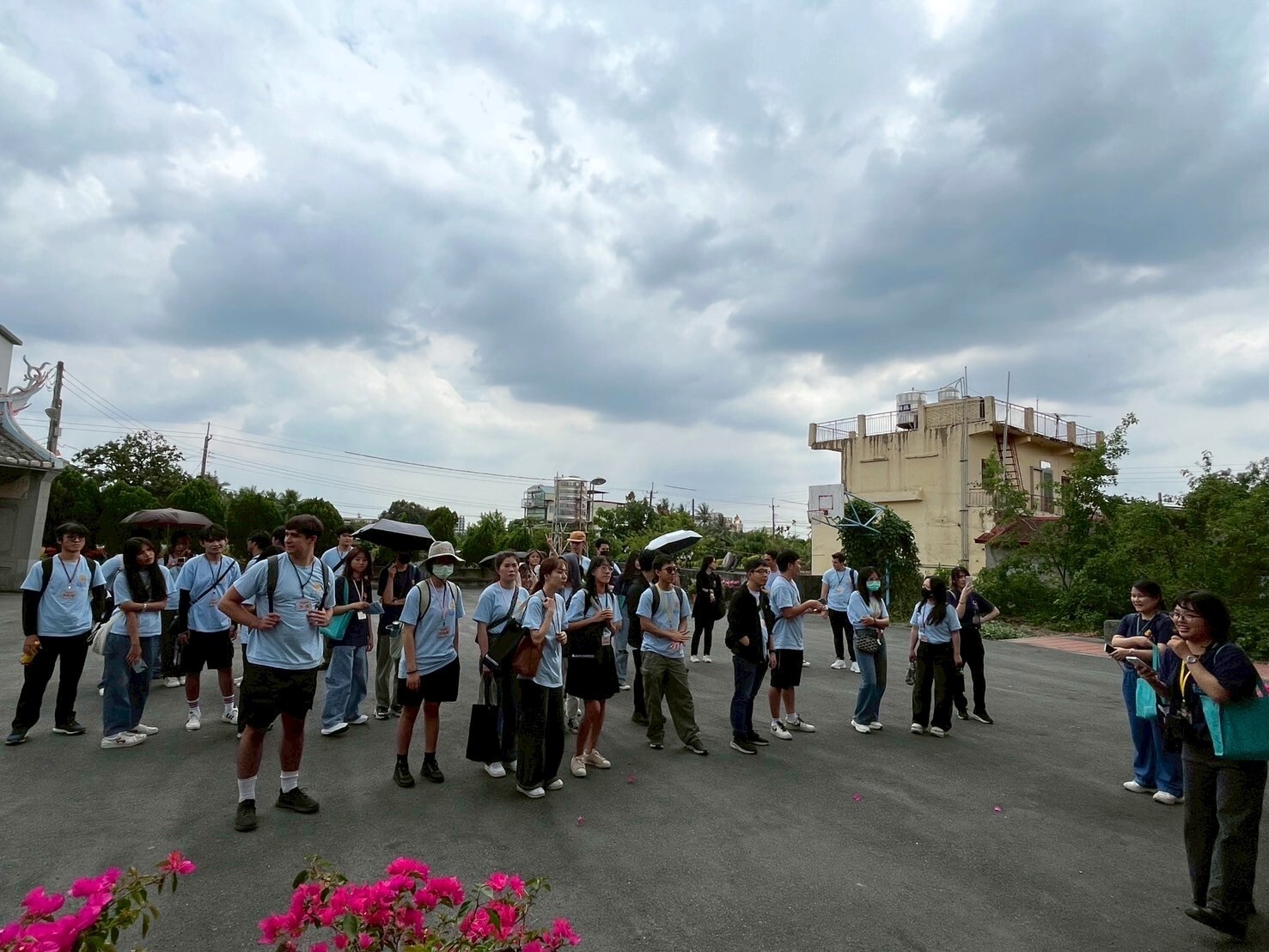
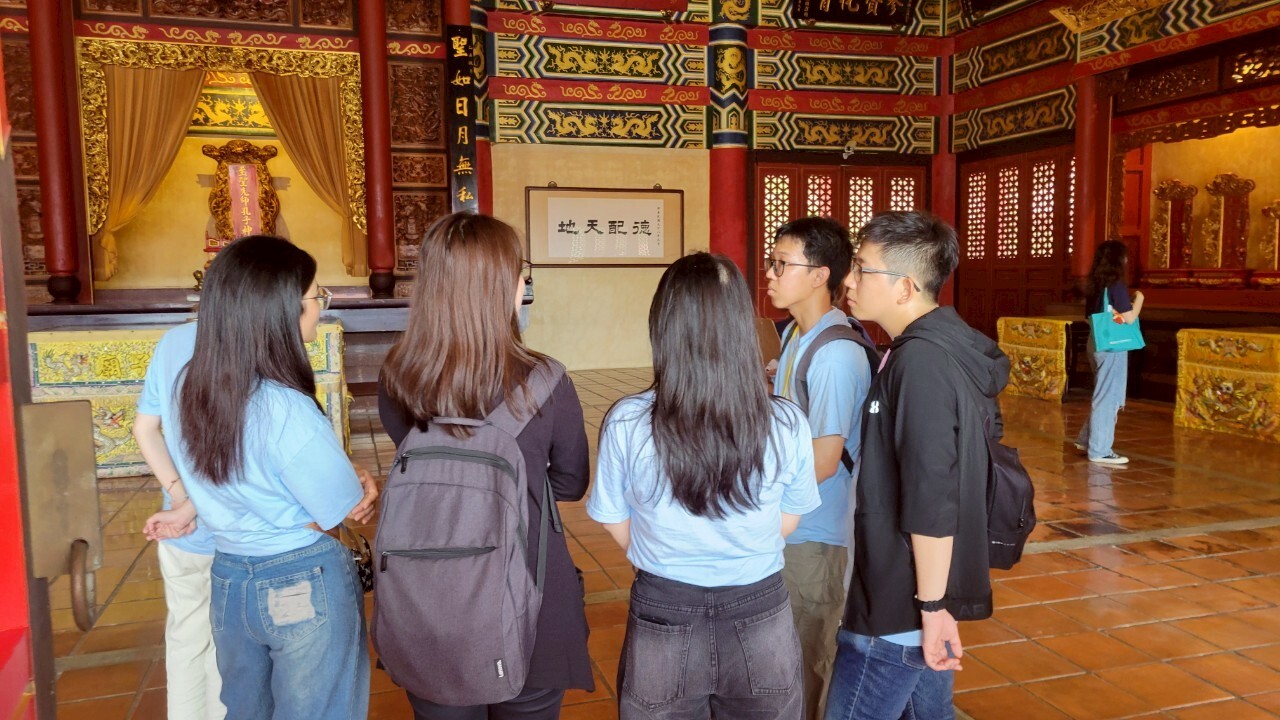
.png)


